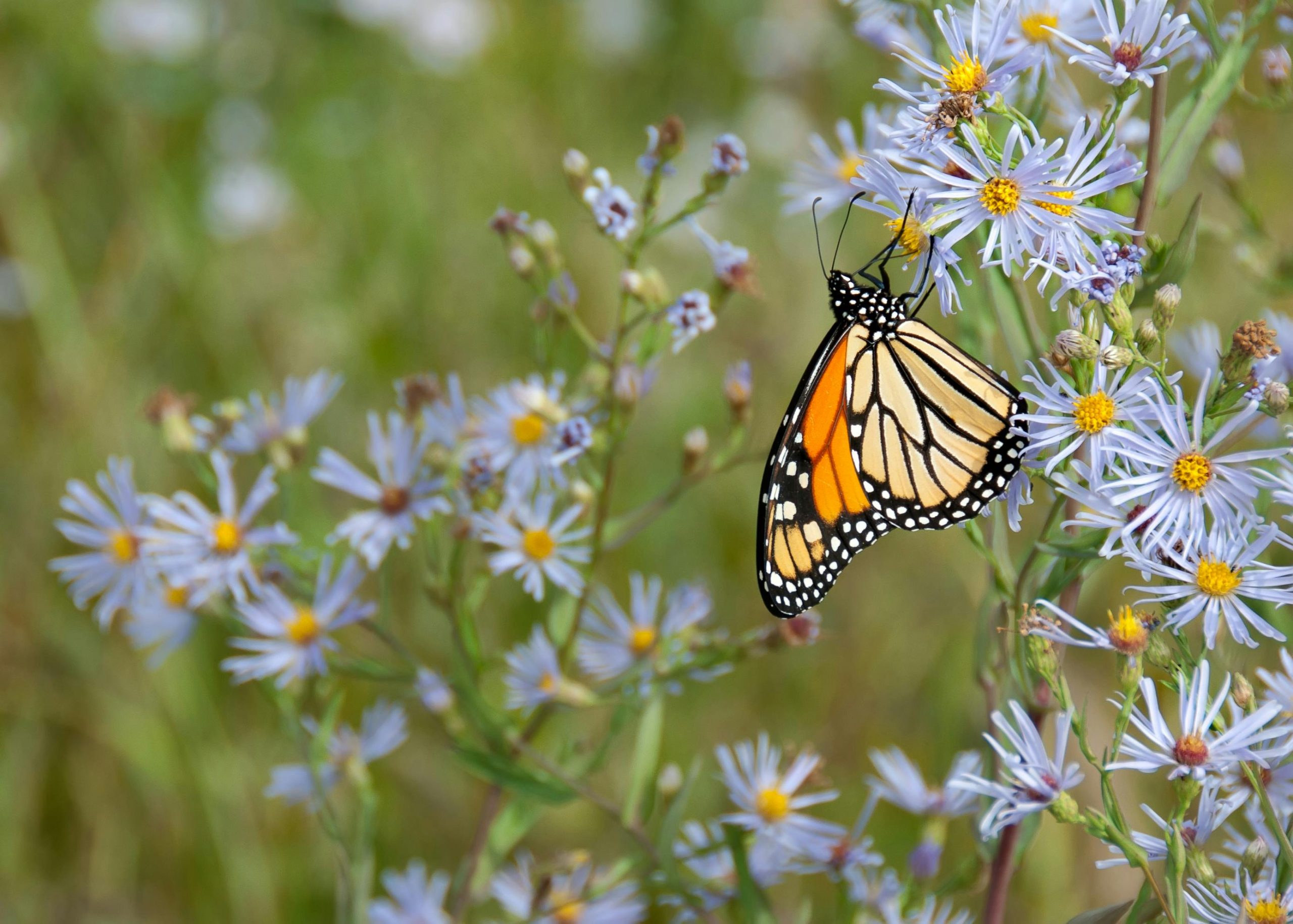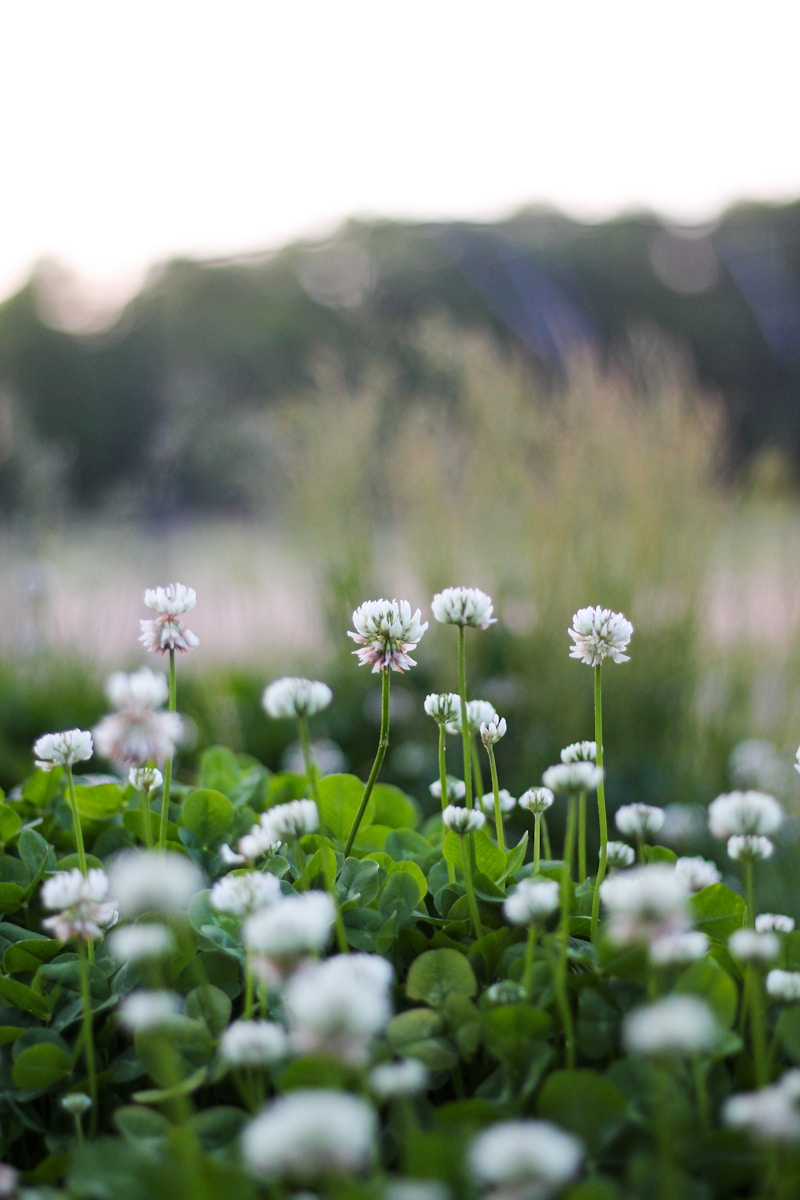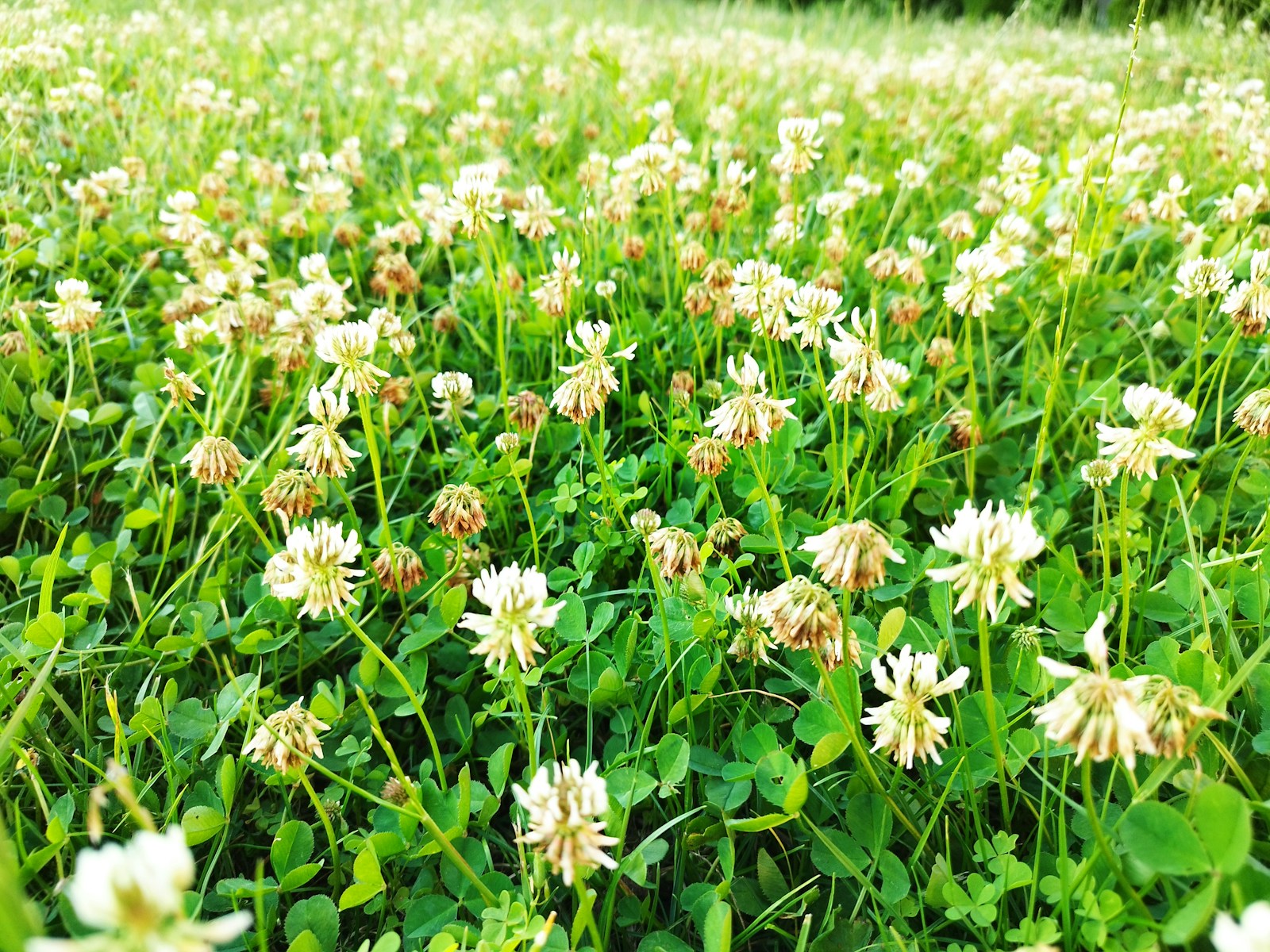Creating a pollinator-friendly garden isn’t just good for the environment; it also adds vibrancy and life to your outdoor space. Bees, butterflies, birds, and other pollinators play a crucial role in the ecosystem, and by designing your garden to attract them, you’ll help support biodiversity while enjoying a thriving, beautiful garden. Here’s how to design and plant your garden to become a pollinator paradise.
Why Pollinators Matter
Pollinators are essential for the reproduction of over 75% of flowering plants and nearly 35% of the world’s food crops. Without them, many fruits, vegetables, and flowers would fail to produce. Yet, pollinator populations are declining due to habitat loss, pesticides, and climate change. By making simple changes to your garden, you can create a safe haven that supports their survival.
Top Plants to Attract Pollinators
Pollinators are drawn to plants that provide nectar, pollen, and habitat. Incorporate these top choices into your garden to invite a variety of species:
1. Bees
- Lavender: Bees are particularly fond of lavender’s fragrant blooms.
- Sunflowers: These cheerful giants provide both nectar and a resting spot for bees.
- Clover: A low-maintenance plant that offers abundant nectar.
2. Butterflies
- Milkweed: Essential for monarch butterfly larvae, milkweed is a must-have.
- Butterfly Bush: This shrub’s clusters of blooms are a magnet for butterflies.
- Lantana: Vibrant flowers that provide a nectar buffet.
3. Hummingbirds
- Trumpet Vine: Its tubular flowers are perfect for hummingbird beaks.
- Salvia: Available in multiple colors, salvia is a favorite among these tiny birds.
- Bee Balm: Not just for bees, this plant’s red blooms are a hummingbird favorite.
4. Moths and Other Pollinators
- Evening Primrose: Blooms open at night, making it ideal for nocturnal pollinators.
- Night-Blooming Jasmine: Its sweet scent attracts moths after sunset.
- Yarrow: A versatile plant that supports many pollinator species.
Garden Design Tips for Pollinators
A pollinator-friendly garden isn’t just about plant selection; design plays a key role too. Follow these tips to create a welcoming environment:
1. Create Diversity
Plant a variety of flowers that bloom at different times of the year. This ensures that pollinators have a consistent food source from spring through fall.
2. Choose Native Plants
Native plants are best suited to the local climate and provide the most benefit to local pollinators. They’re also more likely to thrive with minimal maintenance.
3. Group Plants by Type
Plant flowers in clusters rather than scattered throughout the garden. Large patches of the same plant make it easier for pollinators to locate and feed efficiently.
4. Provide Shelter
Include shrubs, grasses, and trees to offer shelter and nesting sites. Adding features like bee hotels or butterfly houses can also enhance your garden’s appeal.
5. Add Water Sources
Pollinators need water just as much as food. Create shallow water sources, such as a birdbath with stones for perching or a small fountain, to give them a place to hydrate.
6. Go Pesticide-Free
Avoid using pesticides and herbicides, as these can harm pollinators. Instead, opt for natural pest control methods like companion planting or introducing beneficial insects.
Designing for Aesthetics and Functionality
A pollinator-friendly garden can be as visually stunning as it is functional. Consider incorporating:
- Layered Planting: Combine low-growing flowers with taller shrubs and trees to add dimension and variety.
- Color Themes: Pollinators are attracted to specific colors—bees love blue and yellow, while butterflies are drawn to bright reds and purples.
- Meadow Spaces: Dedicate a section of your garden to a wildflower meadow. It’s low-maintenance and highly attractive to pollinators.
Seasonal Maintenance
To keep your pollinator garden thriving year-round:
- Spring: Plant new flowers and remove any dead growth from winter.
- Summer: Water deeply during dry spells and deadhead spent blooms to encourage more flowering.
- Fall: Leave some seed heads intact for birds and let fallen leaves provide habitat.
- Winter: Avoid cutting back everything; some pollinators hibernate in stems and debris.
A Personal Note
I’ll never forget the moment a monarch butterfly landed on a milkweed I planted. It reminded me that even small changes can make a big difference. Watching pollinators enjoy your garden is not only rewarding but also a reminder of nature’s interconnected beauty.
Conclusion
Attracting pollinators to your garden is a win-win for the environment and your outdoor space. By choosing the right plants, designing thoughtfully, and maintaining your garden with care, you can create a vibrant haven that supports these vital creatures. Start planting today and watch your garden come alive with the buzz and flutter of pollinators!



